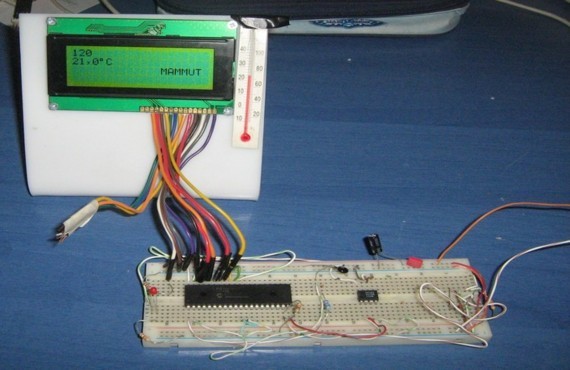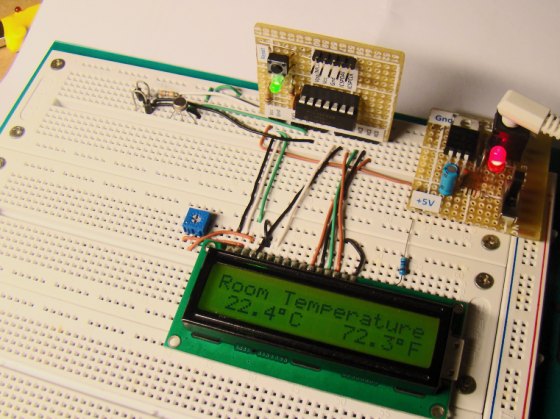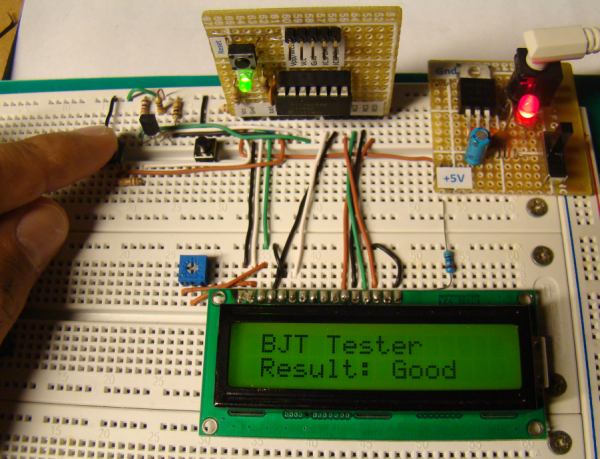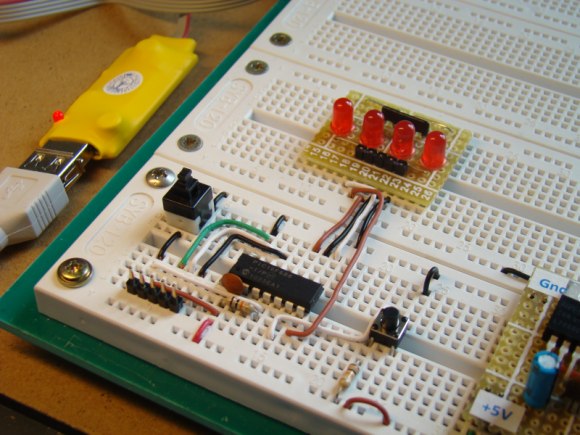Calibrating a thermistor for temperature measurements

A thermistor is a passive device that changes its resistance with temperature. If the temperature-resistance characteristic is known, it can be used as a temperature sensor by measuring the resistance, or more precisely, the voltage across it. Thermistors are classified in to two types: NTC (negative temperature coefficient) and PTC (positive temperature coefficient). A NTC thermistor decreases its resistance while the temperature rises, and a PTC does the opposite. Although the datasheet of a thermistor describes the temperature-resistance relationship, the measurement based on that is not very accurate. Therefore, you may need to calibrate it against a more accurate sensor.
Read more

